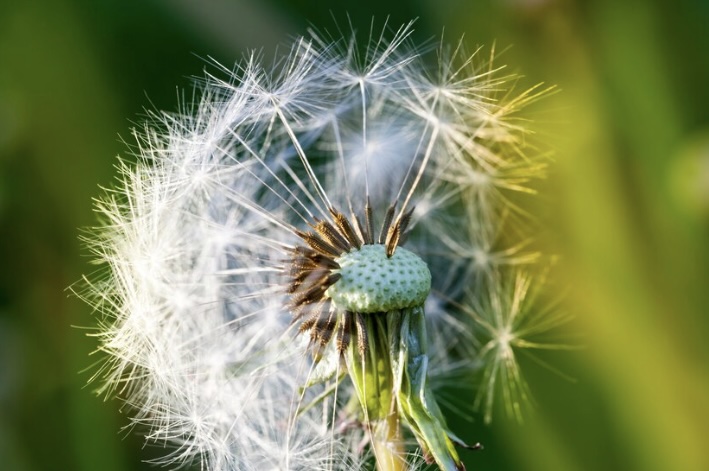
Seasonal allergies, also known as hay fever or allergic rhinitis, affect millions of people worldwide. As seasons change, airborne allergens like pollen, mold, and dust become more prevalent, triggering uncomfortable symptoms in allergy-prone individuals. Understanding the symptoms and how to manage them is crucial for maintaining quality of life during allergy season.
What Causes Seasonal Allergies?
Seasonal allergies are caused by an overreaction of the immune system to allergens in the environment. Common culprits include:
- Tree pollen (spring)
- Grass pollen (summer)
- Ragweed pollen (fall)
- Mold spores (warm, damp weather)
When these allergens are inhaled, the body’s immune system releases histamines, leading to a variety of symptoms.

Common Seasonal Allergy Symptoms
Recognizing the symptoms of seasonal allergies can help you differentiate them from other conditions, such as the common cold or flu. Here are the most prevalent signs:
- Sneezing: Frequent sneezing is one of the hallmark symptoms of seasonal allergies. It occurs as the body tries to expel allergens from the nasal passages.
- Nasal Congestion: A stuffy or runny nose is common during allergy season. This happens when allergens irritate the nasal lining, causing inflammation and excess mucus production.
- Itchy Nose, Eyes, and Throat: Allergens can irritate sensitive membranes in the nose, eyes, and throat, leading to persistent itching. This symptom is often accompanied by redness or a tickling sensation.
- Watery Eyes: In response to allergens, your eyes may produce more tears as a defense mechanism. This symptom is often paired with redness and puffiness.
- Postnasal Drip: Excess mucus from nasal congestion can drip down the back of the throat, causing irritation, a sore throat, or even a cough.
- Fatigue: Seasonal allergies can make you feel run-down, particularly if symptoms disrupt your sleep. Chronic inflammation and histamine release can also drain your energy levels.
- Headaches: Sinus pressure from nasal congestion may lead to headaches. In severe cases, this can feel like a throbbing pain around the forehead and cheeks.
- Coughing: Coughing may occur due to throat irritation or postnasal drip, particularly during the night when lying down.
- Skin Reactions: Though less common, some individuals experience hives or eczema flare-ups as a result of allergen exposure.
5 Tips to Manage Seasonal Allergy Symptoms
Fortunately, there are several effective strategies to alleviate seasonal allergy symptoms and improve your comfort during allergy season.
1. Avoid Allergy Triggers
- Stay Indoors During High Pollen Counts: Use apps or websites to monitor the daily pollen index in your area.
- Close Windows and Doors: Use air conditioning instead to reduce exposure to outdoor allergens.
- Wear Sunglasses and Masks Outdoors: These can help shield your eyes and nose from pollen.
2. Keep Your Home Allergen-Free
- Use a HEPA Filter: Install air purifiers to trap airborne allergens.
- Wash Bedding Regularly: Clean linens in hot water to remove allergens.
- Vacuum with a HEPA Vacuum Cleaner: Regular cleaning reduces pollen and dust buildup.
3. Over-the-Counter Medications
- Antihistamines: These reduce sneezing, itching, and watery eyes.
- Decongestants: Use these for short-term relief of nasal congestion.
- Nasal Sprays: Corticosteroid sprays can reduce inflammation and ease symptoms.
4. Natural Remedies
- Saline Nasal Rinse: Flush out allergens from your nasal passages using a neti pot or saline spray.
- Local Honey: Consuming local honey may help your body gradually build tolerance to regional pollen.
- Steam Inhalation: Inhaling steam can relieve nasal congestion and soothe irritated airways.
5. Consult an Allergist
If symptoms persist or worsen, it’s important to seek professional help. An allergist can:
- Conduct allergy testing to identify specific triggers.
- Prescribe stronger medications or immunotherapy (allergy shots) for long-term relief.
When to Seek Medical Help
While seasonal allergies are generally manageable, some symptoms may indicate a more serious condition. Seek medical attention if you experience:
- Difficulty breathing
- Severe swelling around the eyes or throat
- Persistent wheezing or asthma-like symptoms
- Symptoms that do not improve with medication
How Pollen Alert Apps Can Help
Staying informed is one of the best ways to manage seasonal allergies. Pollen alert apps, like the Pollen Count & Alerts App, provide:
- Real-Time Pollen Counts: Know the pollen levels in your area at a glance.
- Personalized Alerts: Get notifications on high pollen days.
- Weather Forecasts: Plan outdoor activities with confidence.
- Symptom Tracking: Monitor your allergy symptoms over time.
Conclusion
Seasonal allergies may be unavoidable, but with proper management, you can reduce their impact and enjoy a better quality of life. Recognizing symptoms early, avoiding triggers, and staying informed with real-time pollen data are key steps to staying ahead of allergy season. Remember, small adjustments to your routine can make a big difference.
For accurate, up-to-date pollen information and personalized alerts, download our Pollen Count & Alerts App today and take control of your allergies!